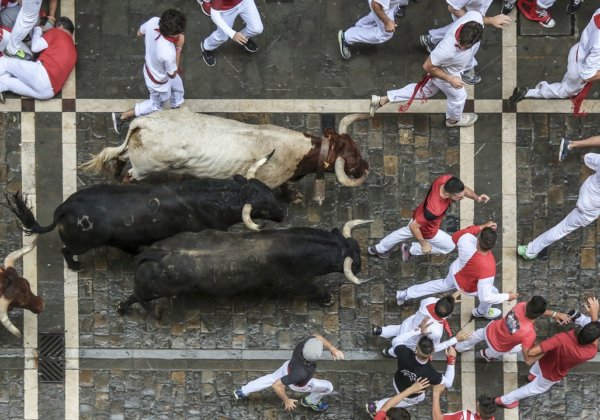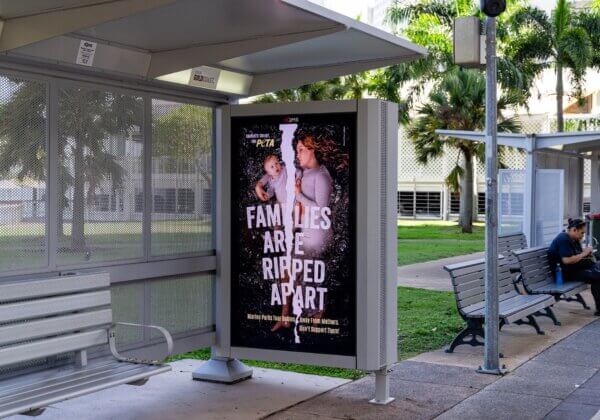Horror as Animals at German Zoo May Be Fed to Each Other
Germany’s Neumünster Zoo has listed which animals it would slaughter first to feed to others if it can no longer afford to buy them all food – allegedly because COVID-19 has halted its ticket sales.
While the thought of animals being killed in zoos may be shocking to the general public, this practice is routine, not just a response to the global pandemic.
Healthy Animals Killed in Zoos
Visitors are often duped into believing that zoos serve some conservation purpose, but the truth is that they breed animals because the public pays to come and see babies. Most zoos get rid of “surplus” animals – either by killing them or selling or trading them to other zoos or exotic-animal dealers. Virtually no animals bred in zoos are ever released into their natural habitats.
In 2009, it was discovered that Dubbo’s Taronga Western Plains Zoo had sold 24 endangered blackbuck antelopes to a member of the Shooters, Fishers and Farmers Party for $160 per animal so that he could breed and use them for trophy hunting on a private game reserve. The zoo stated that the animals were “not required” in its collection.
In 2019, Wellington Zoo in New Zealand killed four baboons– Habib, Osiris, Les, and Rafiki – and the facility’s chief executive explained that the exhibit had become “untenable” for the primates.
Copenhagen Zoo made headlines around the world in 2014 when it killed a young giraffe called Marius and fed him to lions, as he was considered useless for breeding.
 Elise McDonald, SAFE
Elise McDonald, SAFESpeak Up For Animals NZ protests at Wellington Zoo.
Animal Prisons
Neumünster Zoo’s statement serves as a stark reminder that zoos are in the business of making money, not helping animals. In these prisons, animals’ every decision – including what to eat, when to sleep, and whom they choose as a mate – is controlled by humans. They can’t roam vast distances or do many of the other things that are natural and important to them.
Often, they aren’t even allowed to stay with their families, as animals are commonly transferred to other zoos once they reach breeding age.
Zoo ‘Conservation’ Is a Con
The vast majority of species kept in zoos are not endangered. And while there’s a commonly held misconception that zoos reintroduce endangered animals into their native habitats, in reality, most zoos have no involvement of any kind with reintroduction programmes.
This means that captive-bred animals of species that are facing extinction – including elephants, polar bears, gorillas, tigers, chimpanzees, and pandas – are rarely, if ever, released into their natural environments to bolster dwindling wild populations.
What You Can Do
Now that we’re all experiencing some of the stress of confinement, it’s easier to empathise with animals who are trapped for their whole miserable lives.
Once the COVID-19 outbreak is over, please make sure you never visit zoos and that you avoid other attractions that exploit animals. Withhold your money from these inhumane establishments that profit from their misery. We can protect endangered species by supporting habitat conservation – not animal prisons.
If you want to learn about animals, watch a nature documentary that shows how they behave in their native habitat. Or just look around you! Become an expert on the wildlife in your local area – from the frogs in your garden, the possums in the trees and the birds flying overhead.







